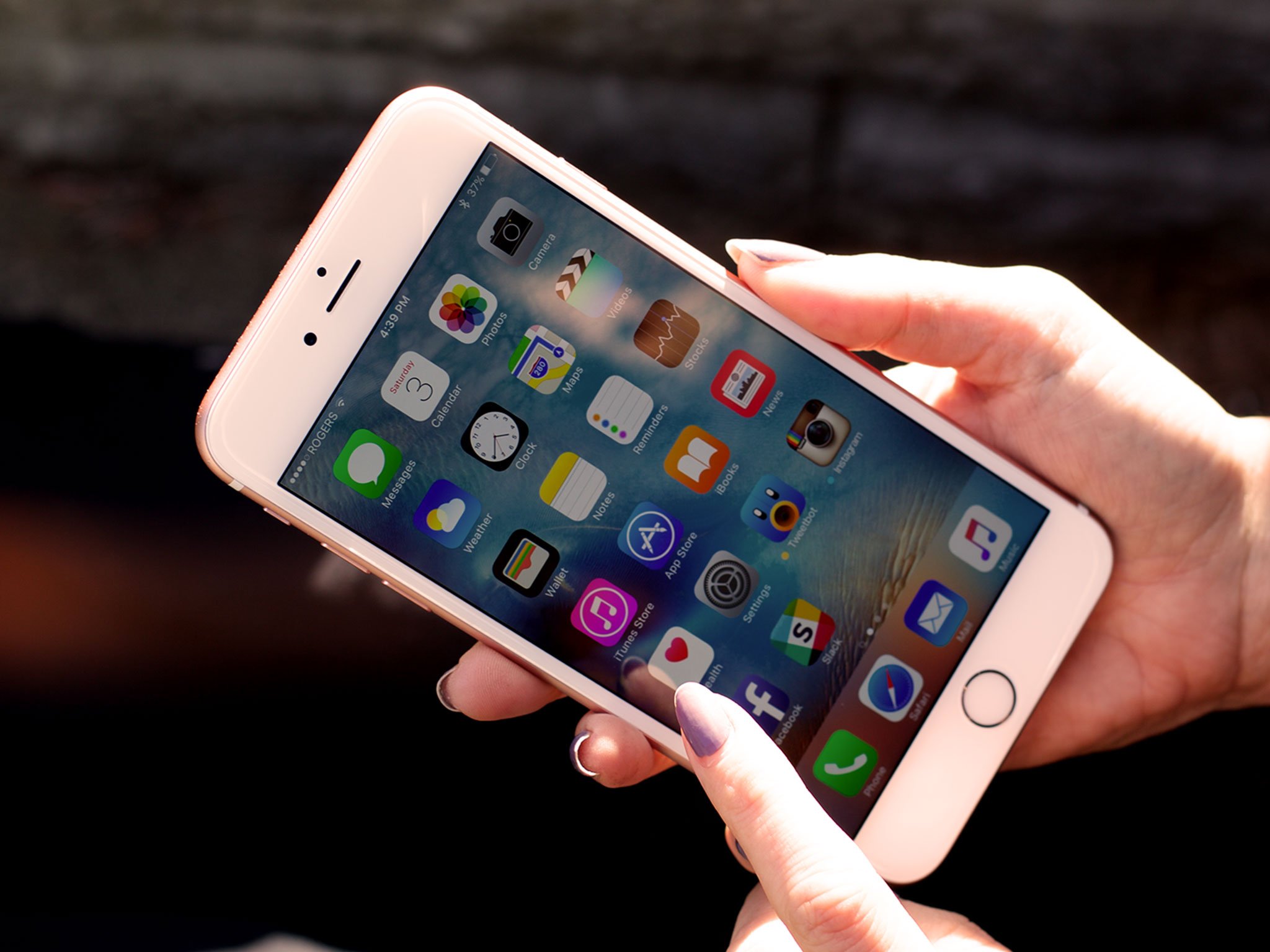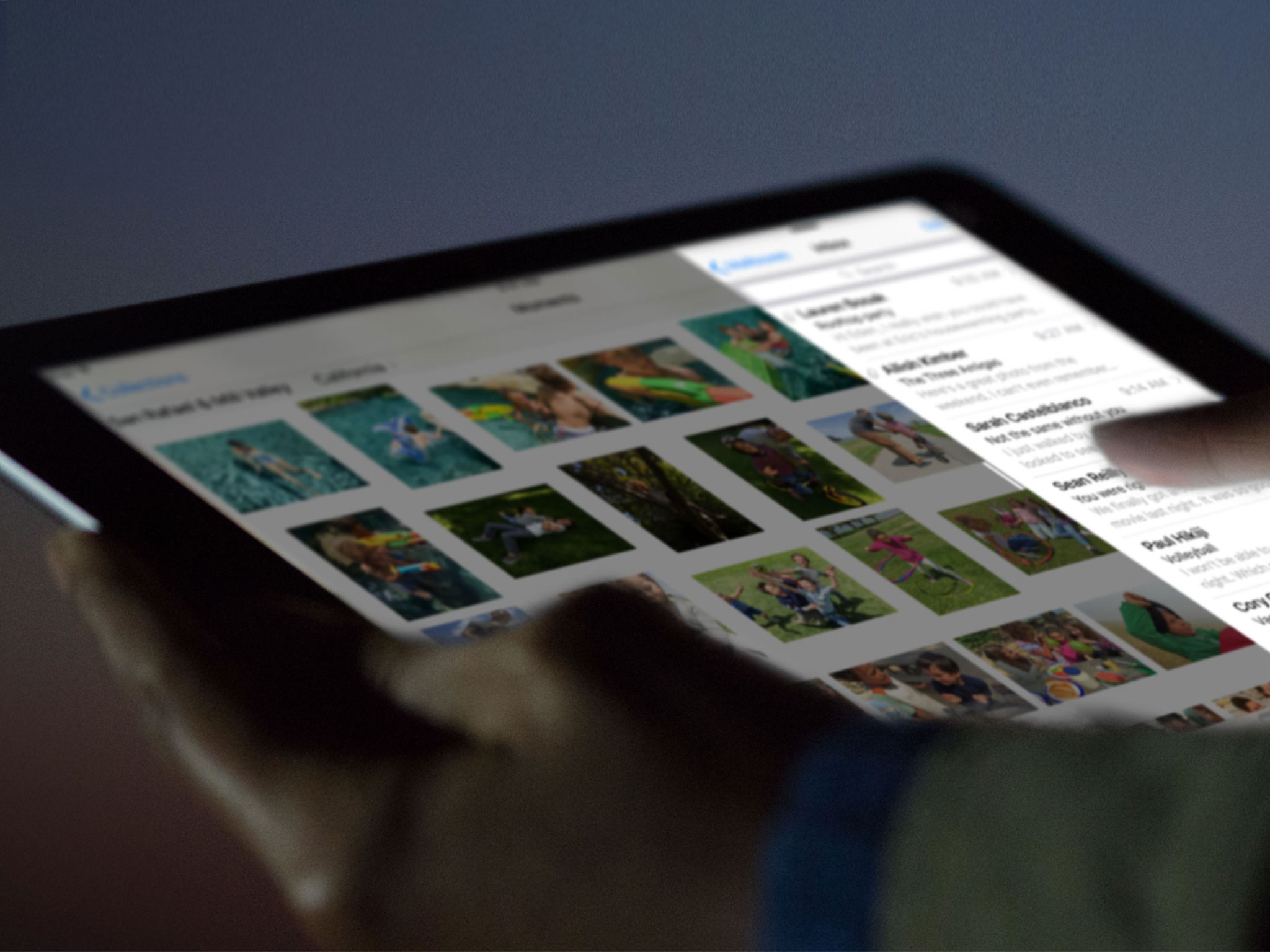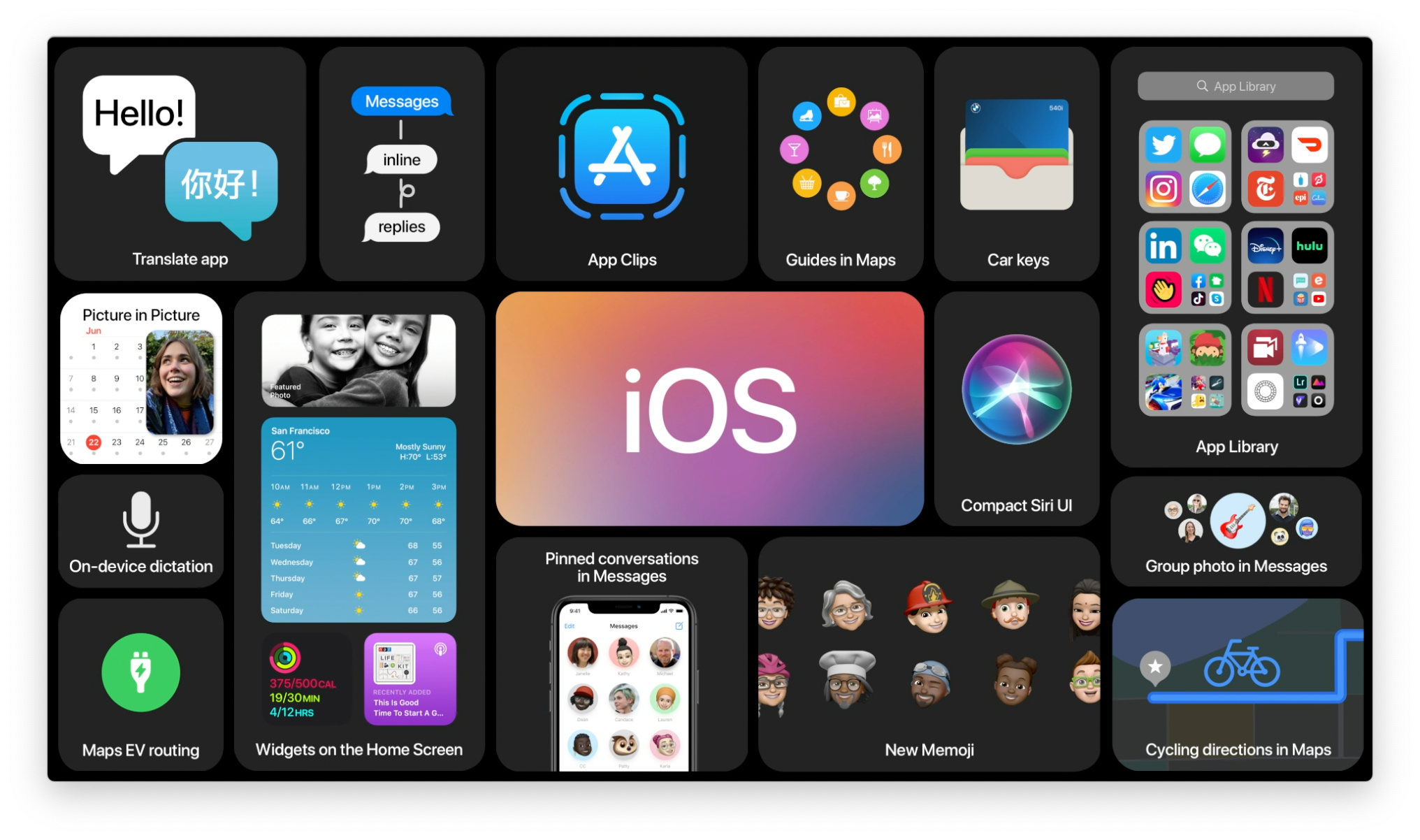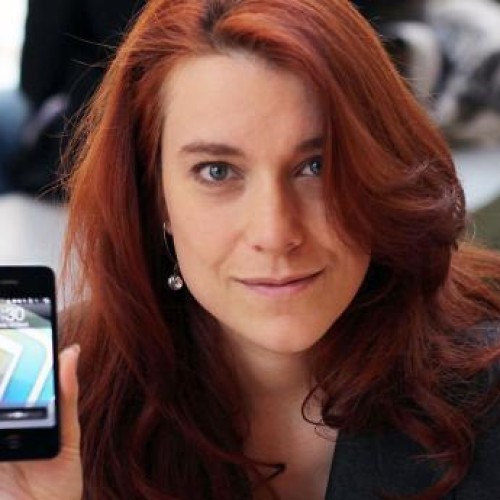
With iOS 9.3 Apple is introducing a new feature called Night Shift. As the name implies, it shifts the color spectrum of your iPhone or iPad display at night. So, why is that important?
Read how to use Night Shift on iOS 9.3
Light and the brain
During the day we soak in light from the sun. Unlike Superman or Supergirl, to whom it grants unbelievable power, in us the light suppresses melatonin. As it gets darker we produce more melatonin. It usually starts a few hours before bedtime and increases greatly towards the middle of the night. That helps keep us asleep and ensure we get a good night's rest.
Shorter wavelength blue light, by contrast, does the opposite: It suppresses melatonin and builds up histamine that helps wake us up. Unfortunately, electronic displays like those on phones and tablets have a higher concentration of blue light than the sun. So, when you're lying in bed at night playing Candy Crush, watching YouTube, or reading iMore, you're soaking in the blue light and wreaking havoc with our circadian rhythm. In other words, it resets that feeling of tiredness and hurts our sleep cycle.
And we need sleep. We do most of our healing when we sleep. It's when our bodies repair themselves and our minds process the information we accumulated during the day. Lack of sleep can have an extremely adverse affect on our mental and physical health. It can interfere with our brain's ability to form memories efficiently and even reduce our immunity to disease.
Night shift
That's where Night Shift comes in. When you enable Blue Light Reduction in the Display & Brightness settings, it moves the color spectrum from cooler (blue) towards warmer (yellow).
You can enable it at any time but what's really nice is that you can schedule it as well. There's a default that shifts from sunset to sunrise, but you can also set your own custom schedule if you prefer.
iMore offers spot-on advice and guidance from our team of experts, with decades of Apple device experience to lean on. Learn more with iMore!

If you simply play around with it, the yellow might look really yellow. Our brains are amazing at adapting, though. When it happens on schedule we adjust to it and reset what we perceive as white. So, after a while, the shift towards yellow is as barely noticeable as the usual shift towards blue is.
The bigger picture
Of course, Night Shift only addresses part of the problem. Using your iPhone and iPad at night, especially for highly-engaging activities like video games, social networking, and messaging can also keep you awake and mess with your sleep hygiene.
Use Nightshift to help you wind down, but when it gets time for sleep, do yourself a bigger favor and just put your devices down!
Night Shift is currently available as part of the iOS 9.3 for 64-bit devices. That includes iPhone 5s and later.
Originally published January 18, 2016.
Senior Editor at iMore and a practicing therapist specializing in stress and anxiety. She speaks everywhere from conferences to corporations, co-host of Vector and Isometric podcasts, follow her on Twitter @Georgia_Dow and check out her series at anxiety-videos.com.


